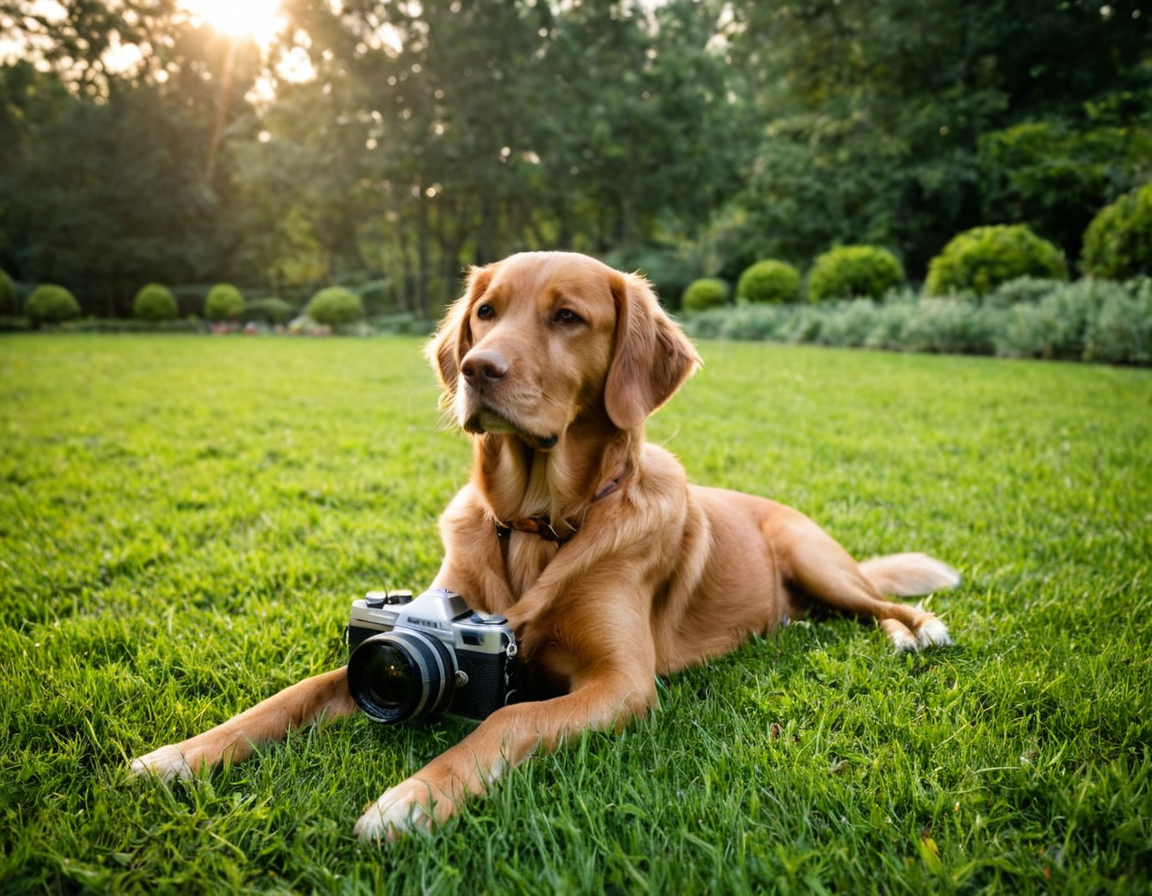Pet Photography Guide - High End Commission Tips

Uncovering the Hidden Potential of Pet Photography: A Guide to Capturing High-End Commissions
Introduction
The world of pet photography has evolved significantly over the years, from simple snapshots to high-end commissioned pieces that capture the essence and personality of our beloved pets. As a professional pet photographer, you have the unique opportunity to not only preserve cherished memories but also to tell stories that can touch hearts and inspire others.
In this guide, we will delve into the hidden potential of pet photography, exploring the techniques, strategies, and best practices required to capture high-end commissions. Whether you’re an aspiring or established photographer, this comprehensive resource is designed to equip you with the knowledge and skills necessary to take your craft to new heights.
Understanding Your Client’s Vision
Before we dive into the nitty-gritty of pet photography, it’s essential to understand that every client has a unique vision and expectations. As a professional, it’s crucial to listen actively, ask questions, and ensure you fully comprehend their requirements.
This involves more than just taking pictures; it’s about creating an experience that resonates with your client on an emotional level. By doing so, you’ll not only deliver exceptional results but also build trust and establish a long-lasting relationship.
Key Considerations
- Client Briefing: Schedule a dedicated meeting to discuss the project in-depth, ensuring you understand their vision, expectations, and any specific requirements.
- Reference Images: Collect reference images that showcase your client’s favorite styles, genres, or photographers. This will help you tailor your approach to meet their unique needs.
- Client Communication: Establish open communication channels to ensure ongoing updates, feedback, and address any concerns throughout the project.
Pre-Production Essentials
A well-planned pre-production phase is critical in delivering high-end pet photography commissions. Here are some essential elements to consider:
Research and Planning
- Location Scouting: Find suitable locations that align with your client’s vision, considering factors such as lighting, accessibility, and pet comfort.
- Permitting and Permissions: Obtain necessary permits and permissions to ensure you’re allowed to shoot at the chosen location.
-
- Research local regulations and guidelines regarding animal welfare, especially when working with exotic or high-maintenance pets.
Equipment and Lighting
- Camera and Lenses: Ensure you have the necessary equipment, including high-quality lenses, to capture the desired aesthetic.
- Lighting: Invest in a comprehensive lighting kit that includes natural light, artificial light sources, and modifiers to achieve the desired effect.
- Pet Comfort and Safety: Prioritize your client’s pet’s comfort and safety, using techniques such as gentle handling, positive reinforcement, and avoidance of stressful situations.
Crew and Team
- Assistant or Second Shooter: Consider hiring an assistant or second shooter to help manage the shoot, provide additional support, and capture different angles.
- Pet Handlers: If necessary, engage the services of professional pet handlers to assist with handling and caring for high-maintenance or exotic pets.
Capturing High-End Commissions
With a solid understanding of your client’s vision, pre-production essentials in place, it’s time to focus on capturing exceptional images. Here are some expert tips to help you deliver high-end commissions:
Working with Pets
- Positive Reinforcement: Focus on positive reinforcement techniques, such as treats, praise, and affection, to build trust and encourage natural behavior.
- Patience and Empathy: Develop a deep understanding of your subject’s body language, mood, and needs. Be patient and empathetic when working with pets, especially those that may be nervous or anxious.
Composition and Storytelling
- Conceptualize the Shot: Develop a clear concept for each shot, considering factors such as lighting, composition, and storytelling.
- Experiment and Take Risks: Don’t be afraid to experiment and take calculated risks to capture unique and compelling images.
- Post-Processing: Invest time in post-processing to refine your images, ensuring they meet the highest standards of quality and aesthetic.
Delivering Exceptional Results
- Quality Control: Establish a rigorous quality control process to ensure all delivered images meet your high standards.
- Client Feedback: Encourage open communication with clients, soliciting feedback and addressing any concerns or issues promptly.
- Building Relationships: Foster long-lasting relationships with clients by delivering exceptional customer service, providing ongoing support, and staying connected.
Conclusion
Uncovering the hidden potential of pet photography requires dedication, creativity, and a deep understanding of your client’s vision. By following this comprehensive guide, you’ll be equipped with the knowledge, skills, and best practices necessary to capture high-end commissions that exceed your clients’ expectations.
Remember, it’s not just about taking pictures; it’s about creating an experience that resonates on an emotional level. As a professional pet photographer, you have the unique opportunity to make a lasting impact on people’s lives. Seize this opportunity, and let your passion for photography shine through in every frame.
**What’s next? Will you be taking the leap and exploring the hidden potential of pet photography? Share your thoughts and questions in the comments below!
Tags
pet-photography-tips high-end-animal-shots professional-pets-portraits engaging-pet-stories captivating-companion-images
About Thiago Pereyra
Hi, I'm Thiago Pereyra, and I've spent the last decade helping photographers unlock their creative potential through tutorials, workshops, and gear reviews on lentecreativa.com. My background in photography and post-production informs my passion for sharing actionable tips and techniques to help you take your craft to the next level.
